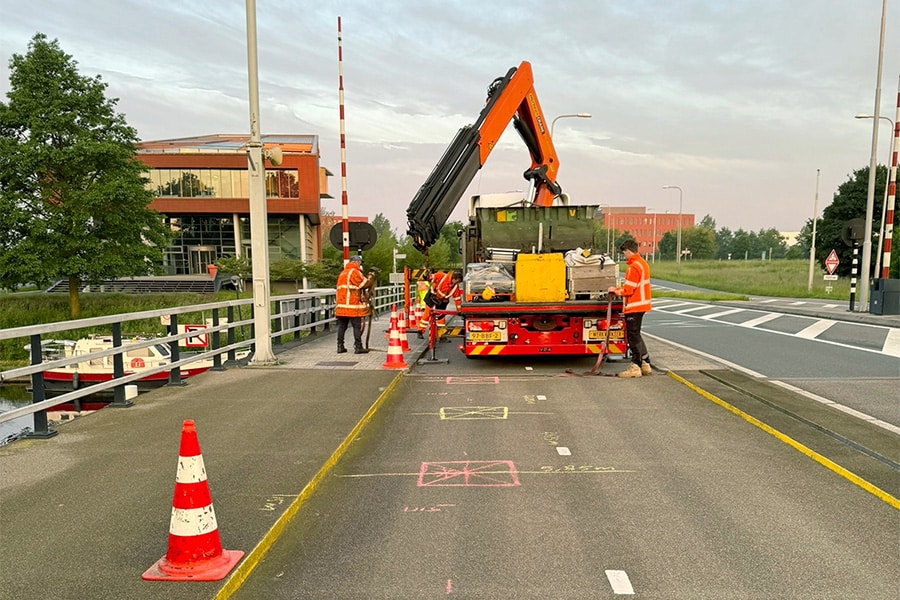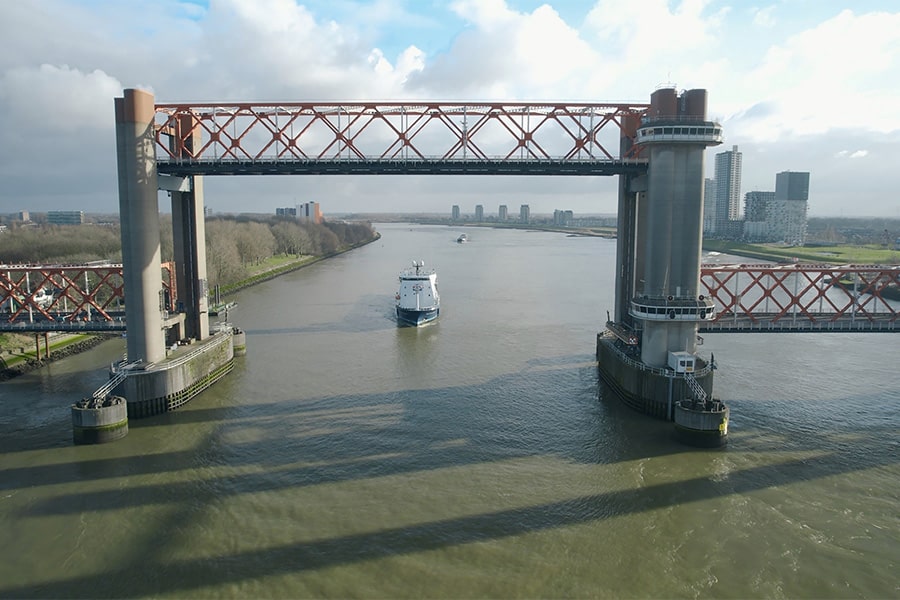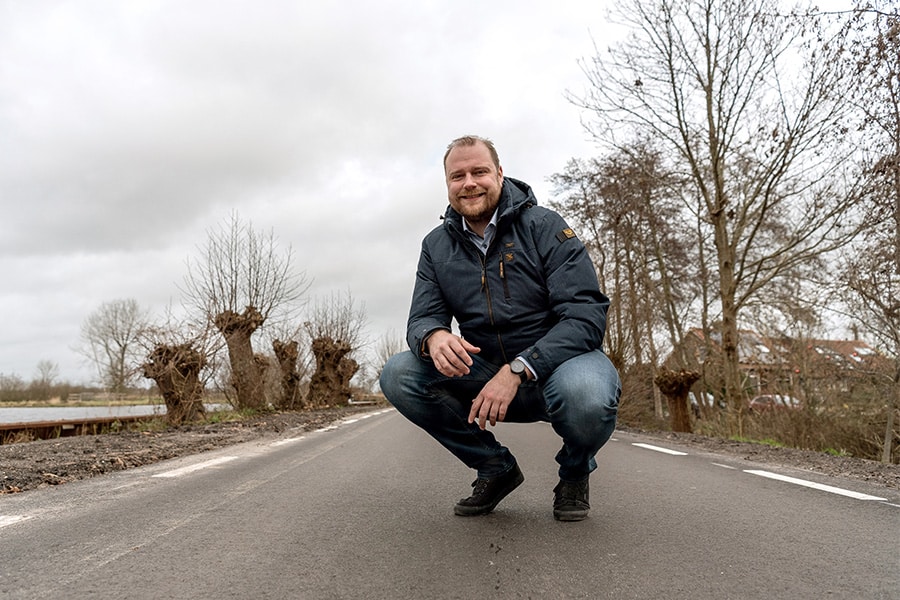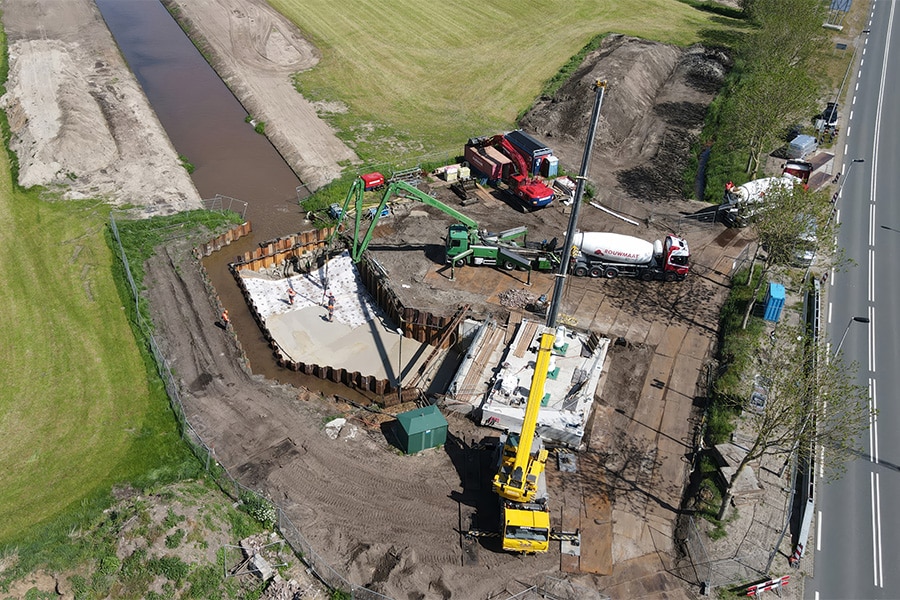
Blankenburg connection | Quality impulse for the environment
An important principle for Rijkswaterstaat is therefore to hide the Blankenburg connection from view as much as possible. In addition, the Nieuw Waterland quality program has been set up to give the area around the new route a major quality boost.
"The Rotterdam Port area has been struggling with accessibility problems for many years," says Jörgen van der Meer, Environmental Manager Blankenburgverbinding on behalf of Rijkswaterstaat. "The current Benelux corridor is getting overloaded. There are many traffic jams every day. A robust, new network will tackle this problem and will especially increase the accessibility of the port area. Initially, there were two potential locations for the new riverbank connection; either near Hoek van Holland or near Vlaardingen. After thorough investigation, the latter turned out to cost much less and yield much more; it would be used much more. That led to the plan study of the Blankenburg connection with connection to the A15 and A20, after which the planning procedures decision was adopted and declared irrevocable."

To alleviate the pressure on public (green) space, the design of the Blankenburg connection has been carefully fitted into its surroundings. "With all stakeholders, such as Staatsbosbeheer, Hoogheemraadschap, the various municipalities, local residents, etc., we entered into an extensive participation process," Van der Meer explains. "From this trajectory, the importance of the open character of the polder landscape emerged strongly. In order to preserve this, the new connection will be largely sunken. In the hinterland of Vlaardingen, the choice was also made for junctions in the form of dive-unders instead of large fly-overs. The part of the route that does run at ground level will also be "wrapped up" with perennial reeds that block the view of the highway. In short, recreationists in the area will soon not see the cars driving."
With stakeholders in the area, the ambition was expressed to leave the area better than how it was found. "To this end, the Nieuw Waterland quality program was set up to redesign the wetland area along the river," says Van der Meer. "From the state, 25 million euros has been made available and the region itself is investing the same amount to improve the area. The Hoogheemraadschap, for example, is realizing an additional treatment stage at the nearby WWTP and an additional reed bed to enrich the recreational lake in Vlaardingen's Krabbepark with cleaner swimming water. Vlaardingen then invested in additional recreational facilities in the Krabbepark. The neglected riparian forest at the site of the Maas Delta tunnel will be redeveloped together with Staatsbosbeheer and given a quality boost. In addition, a green zone will be created by Rotterdam around Rozenburg as an extra buffer in respect of the industrial area."

The Blankenburg connection thus acts as a flywheel on the environment. It not only improves traffic flow, but also provides a substantial quality boost. "Within the framework of 'making work with work', there is constant coordination with all stakeholders (also from Nieuw Waterland) and BAAK. For example, the reed bed soil that was released when part of the Krabbenplas was filled in was reused for the Water Board's reed bed. As the Department of Waterways and Public Works, we are also making sure that, together with BAAK, we inform all companies and local residents in good time about the work and any disruption, so that they are not confronted with any surprises."



